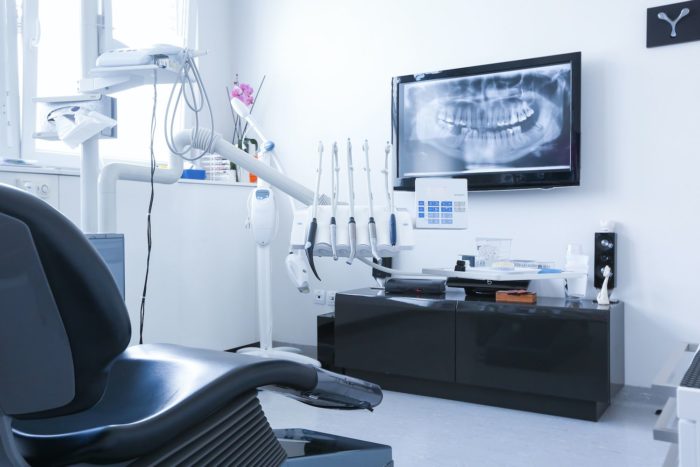Have you noticed that one tooth appears duller in color than the surrounding teeth? Your dentist might think that the tooth has non-vital pulp, a condition that some people refer to as a dead tooth.
While a dead tooth sounds like an alarming prospect, it does not necessarily need emergency dental treatment. Your dentist will first want to test the vitality of the tooth to confirm the diagnosis. Read on to learn more about tooth vitality, its impact on your oral health, and how your dentist will test it.

What is a Non-Vital Tooth?
A dead tooth is a term given to a tooth that has non-vital tooth pulp. This can occur when the nerves in the pulp of the tooth are no longer active or functioning. Patients may notice this issue if the tooth has suffered discoloration or feels numb.
However, in many cases of non-vital tooth pulp, a patient does not experience recognizable symptoms. A dentist may spot this condition on a dental x-ray taken during a routine exam.
While a non-vital tooth does not necessarily need urgent dental care, it could put the tooth at risk of infections and other dental dangers. Dentists will want to test the tooth’s vitality to know if they need to monitor the issue down the road.
What Happens During a Tooth Vitality Test?
If your dentist recommends tooth vitality testing, you will need to schedule a new appointment for this test. This will ensure that the dentist will have the appropriate supplies on hand. They usually employ thermal testing to check the vitality of a tooth’s pulp.
The test involves a dentist placing a cold stimulus on the affected tooth. They will also apply it to surrounding areas of the mouth to act as controlled variables.
The dentist notes how quickly the patient feels the stimulus and the intensity of the sensation. If the patient has a slower reaction or a less intense feeling of the stimulus, this could mean that they have non-vital tooth pulp.
The patient will feel a slight sensation that may feel uncomfortable when the dentist applies the stimulus to the teeth. This feeling fades as soon as the stimulus is removed, leaving no lingering side effects.
Will I Need Further Dental Work After This Test?
If your dentist determines that you have non-vital tooth pulp and you have no other side effects, they will likely want to monitor the tooth during future routine appointments. It could be more vulnerable to dental harm but does not require immediate dental work.
Some patients want to amend tooth discoloration caused by this condition. In these cases, a dentist may recommend brightening the tooth with dental bonding.
If the patient feels pain or if the tooth is infected, a dentist will want to treat the issue right away. They may need to remove the damaged tooth pulp with root canal therapy, which will involve covering the tooth with a dental crown at the end of the procedure to protect the tooth.
